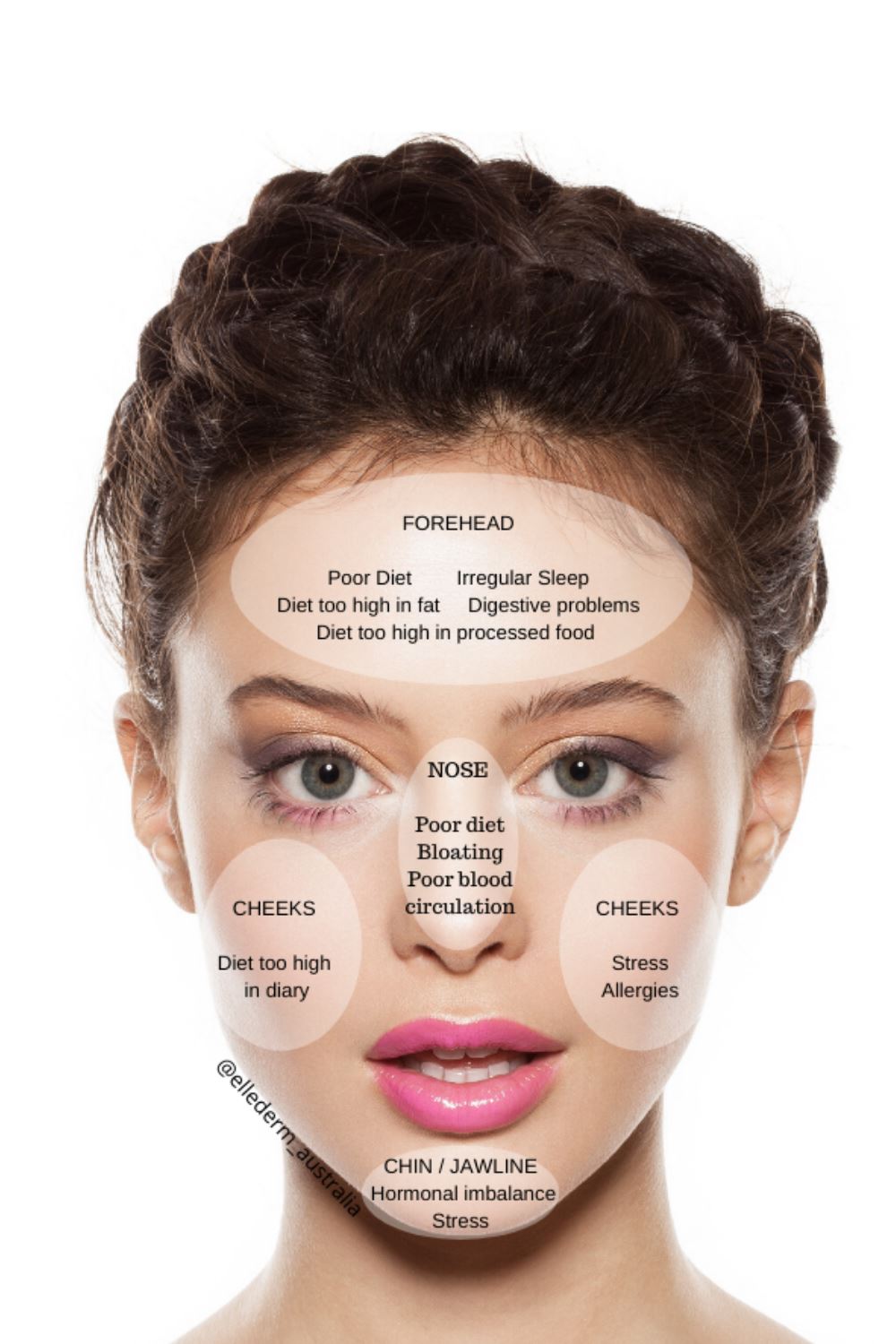Hyaluronic Acid vs Sodium Hyaluronate - what is the key difference?
Hyaluronic acid is a naturally occurring polysaccharide found in the human body. The average human body contains about 15 g of HA and about 50% of total HA is found in the skin. The remainder is distributed throughout our joints, nerves and eyes to keep them lubricated.
Hyaluronic Acid is a moisture binder, meaning it can draw moisture from the atmosphere and any water that sits on top of our skin and lock it into the epidermis, keeping our skin hydrated, plump and elastic.
As we age, our body naturally produces less Hyaluronic Acid, resulting in a loss of skin volume and elasticity. With advances in technology, we can assist boost our body's natural supply of Hyaluronic Acid both topically and orally.
Just how effective is Sodium Hyaluronate? Let's find out!
Hyaluronic Acid vs Sodium Hyaluronate
Naturally occurring Hyaluronic Acid molecule is too large and cannot penetrate the skin easily. Once it is applied topically, Hyaluronic Acid draws water from the surrounding environment to provide hydration and reduce trans-epidermal water loss (TEWL).
In order to improve the absorption of Hyaluronic Acid into the upper layers of the skin, Hyaluronic Acid is hydrolyzed to reduce its molecular size. Modern technology has enabled cosmetic chemists to hydrolyze Hyaluronic Acid with varying molecular weight for different cosmetic preparations. These are classified as:
- High-molecular-weight-HA (size >500 kDa) - is an excellent surface hydrator, skin protectant and can act as an osmotic pump helping water-soluble actives to penetrate deeper into the skin
- Low Molecular Weight HA (size < 500 kDa) can hydrate the skin somewhat deeper though it is still a large molecule and works mainly in the epidermis (outer layer of the skin)
- Super Low-molecular-weight-HA - is able to penetrate into the deeper layers to provide longer period of hydration. It also has the potential to assist the skin to repair itself by increasing the body's innate defence mechanism (~ 200kDa used in the study) but more studies are required in this area
- Ultra-low-molecular-weight-HA (size <50kDa) has found to be involved in cell signalling pathways
Sodium Hyaluronate is the salt form of Hyaluronic Acid. Sodium hyaluronate is of smaller molecular weight and is water-soluble, allowing for deeper penetration and greater moisture retention. It is also more stable and less susceptible to oxidation.
Hyaluronic Acid draws water from the surrounding environment to provide surface hydration and reduce trans-epidermal water loss (TEWL). Both support collagen via increased water retention which enables collagen to stretch without breaking.
Sodium Hyaluronate and Hyaluronic Acid in Skincare
For optimal results, it is best to combine both sodium hyaluronate and hyaluronic acid in the same formulation get the best of both worlds. This works well for intensely dry skin skin. Sodium Hyaluronate is suitable for most skin types with low potential for side effects.
The Best time to Apply Hyaluronic Acid
It is always a good idea to apply Hyaluronic Acid serums to damp skin and seal it with a good moisturiser.
Ingredients that work Well with Hyaluronic Acid
Products that have sodium hyaluronate as the primary ingredient often have additional ingredients to achieve greater results such as:
- Peptides - common in anti-ageing formulations
- Glycerin to smooth an moisturize skin
- Vitamin A for its anti-aging and collagen-boosting benefits
- Vitamin C for its anti-aging and wound-healing properties
- Vitamin E to nourish and protect the skin
Author: Helen Huynh B. Pharm MPS
References:
Manjula Jegasothy, S et al. "Efficacy of a New Topical Nano-Hyaluronic Acid in Humans". Journal of Clinical and Asthetic Dermatology (2014) Mar; 7(3): 27–29.
Pavicic, T et al. "Efficacy of cream-based novel formulations of Hyaluronic Acid of different molecular weights in anti-wrinkle treatment". Journal of Drugs and Dermatology (2011) Sep;10(9):990-1000.



